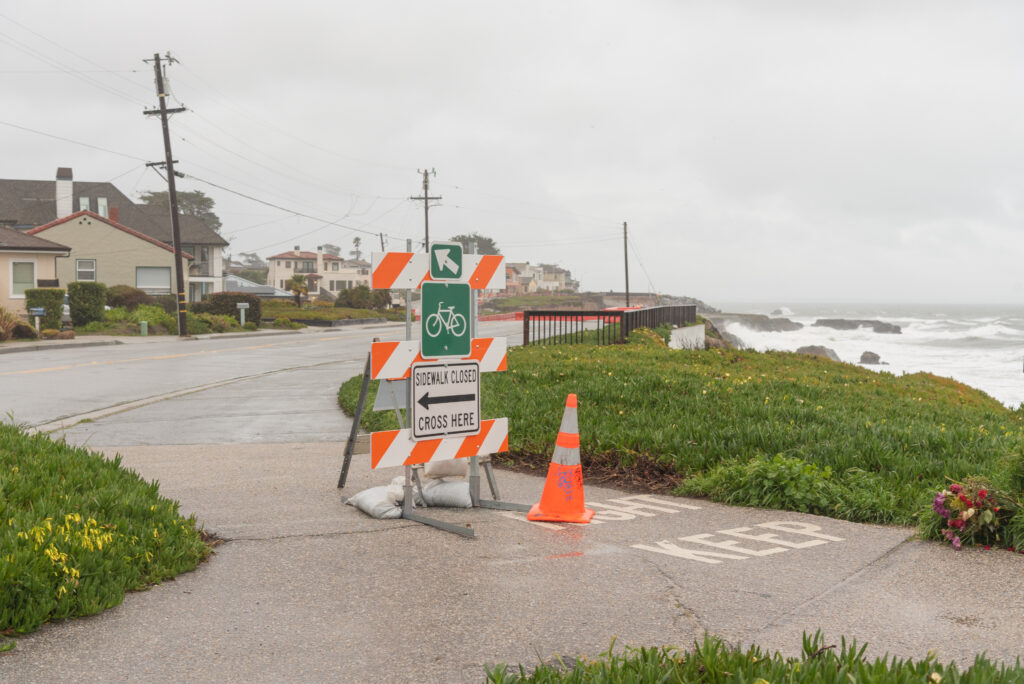Coastal infrastructure is the backbone of the surfing community, providing essential access to the world’s best breaks, from bustling piers to remote jetties. As a coating inspector with a background in corrosion engineering, I understand that these structures are under constant attack from the natural elements, particularly corrosion caused by the harsh marine environment. This article aims to shed light on the impact of corrosion on coastal infrastructure and offer suggestions to mitigate these issues to ensure the longevity of these structures and the continued enjoyment of surfers worldwide.
Corrosion and Coastal Infrastructure
Corrosion is the natural process of metal deterioration, resulting from electrochemical reactions between a metal surface and its environment. In coastal areas, the combination of saltwater, humidity, and fluctuating temperatures creates the perfect storm for accelerated corrosion. Learn more about the coating inspector. This corrosion affects a variety of structures used by the surfing community, including piers, jetties, lifeguard towers, and even beach access stairs.
The effects of corrosion on coastal infrastructure are numerous, ranging from aesthetic concerns to structural integrity issues. Rust and discoloration mar once-pristine structures, causing an eyesore for beachgoers and surfers alike. More significantly, unchecked corrosion can weaken the structural integrity of these coastal installations, leading to potentially hazardous conditions and costly repairs or replacements. In some cases, corrosion-related failures can result in the closure of popular surf spots or restricted access to the coastline, severely impacting the surfing community.
Preventing and Mitigating Corrosion in Coastal Infrastructure
Addressing the issue of corrosion in coastal infrastructure requires a multi-pronged approach, involving design considerations, material selection, and regular maintenance. Here are some key strategies to minimize the impact of corrosion on these vital structures:
Design considerations: Engineers can incorporate corrosion-resistant design features into new coastal infrastructure projects or retrofit existing structures. These features include using non-corrosive materials, minimizing crevices and sharp angles, and facilitating water drainage to reduce moisture accumulation. Additionally, designing structures with ease of maintenance in mind can go a long way in extending their lifespan.
Material selection: Choosing materials that are inherently resistant to corrosion is crucial for structures exposed to harsh marine environments. For instance, stainless steel, aluminum, and galvanized steel are popular choices due to their corrosion-resistant properties. In recent years, composite materials, such as fiber-reinforced polymers (FRP), have emerged as a promising alternative to traditional metals, offering superior corrosion resistance and lighter weight.
Protective coatings: Applying protective coatings to metal surfaces can significantly slow down the corrosion process. Various coatings, such as paints, epoxy resins, and zinc-rich primers, can be used to create a barrier between the metal and the corrosive environment. Regular inspection and maintenance of these coatings are essential to ensure their continued effectiveness.
Cathodic protection: This technique uses a sacrificial anode, typically made of zinc, aluminum, or magnesium, to protect the metal structure. The sacrificial anode corrodes preferentially, sparing the protected structure from corrosion. Cathodic protection is commonly used in marine applications, such as pipelines, ship hulls, and offshore platforms, and can be adapted to protect coastal infrastructure as well.
Regular inspection and maintenance: Finally, consistent inspection and maintenance are crucial to identifying and addressing corrosion issues before they become critical. To get more info, visit Toronto Industrial Painting. A regular schedule of inspections, cleaning, and repairs can help extend the life of coastal structures, ensuring their continued availability to the surfing community.
The surfing community relies heavily on coastal infrastructure to access and enjoy their favorite breaks. Corrosion poses a significant threat to the longevity of these structures, impacting not only their aesthetic appeal but also their structural integrity. By incorporating corrosion-resistant design features, selecting appropriate materials, applying protective coatings, utilizing cathodic protection, and performing regular inspections and maintenance, we can mitigate the effects of corrosion on our coastal infrastructure. These proactive measures not only preserve the structures themselves but also ensure the continued enjoyment of surfers and beachgoers alike.
As surfers, it is essential to be aware of the impact of corrosion on coastal infrastructure and advocate for the implementation of corrosion prevention strategies. By working together with local authorities, engineers, and coastal management agencies, the surfing community can help protect and preserve these vital structures for generations to come.
Additionally, increasing understanding of this issue within the surfing community can aid in gathering backing for essential investments in the upkeep and enhancement of coastal infrastructure. Promoting eco-conscious habits, like responsible waste disposal and recycling, can also help diminish the influence of human activities on coastal ecosystems, ultimately preserving the cherished surf spots we all enjoy.
In conclusion, the fight against corrosion in coastal infrastructure is a shared responsibility that involves engineers, local authorities, and the surfing community. By actively addressing corrosion issues and implementing preventative measures, we can safeguard access to our beloved surfing locations and foster a lasting, sustainable future for the sport we are all passionate about. Learn more from https://oceanconservancy.org/
If you have a product or service that is a good fit for our surf community, we have opportunities for you to sponsor this blog! Download our media kit now!


